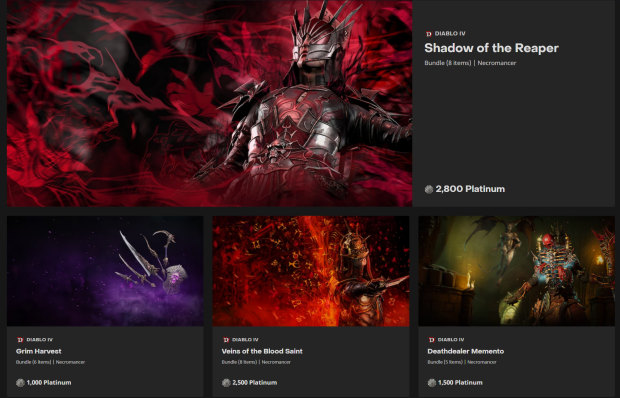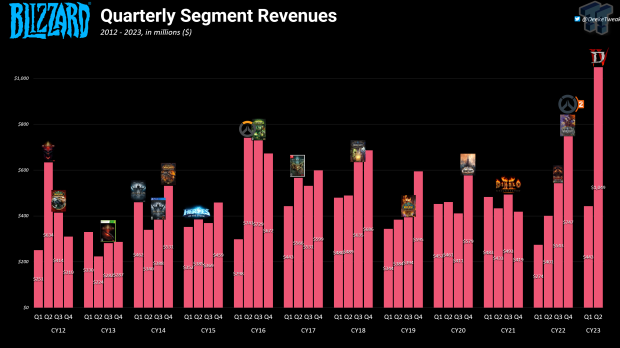Diablo 4’s microtransaction prices were out of control, but they weren’t always meant to be.

VIEW GALLERY – 3 IMAGES
Blizzard has made headlines with Diablo 4’s cosmetic prices, usually for the wrong reasons. Earlier in March, the publisher charged charged $20 for town portal reskins. The current store isn’t much better in pricing, with $20+ character cosmetics skins being the norm.
But it wasn’t always going to be this way. Before he left in January 2024, in which Blizzard subsequently laid off over 1,900 people, ex-Blizzard president Mike Ybarra intended to reduce the microtransaction pricing of Diablo 4’s controversial storefront. That’s according to a report from Jason Schreier’s new book Play Nice: The Rise, Fall, and Future Of Blizzard Entertainment, which says that Ybarra wanted Blizzard to move away from the live service model and reduce the reliance the company had on recurring microtransaction-driven revenues.
Interestingly enough, roughly 15% of Diablo 4’s entire earnings were from microtransactions. It’s estimated that Diablo 4 has broken $1 billion in revenue, with $150 million of that from in-game content spending.

Reducing mTX pricing is an interesting concept considering Blizzard has become synonymous with live service revenues; the company has routinely earned hundreds of millions of dollars through consistent microtransaction spending over many successive quarters.
Blizzard has been able to rake in this kind of money quarter after quarter through sustained content updates, patches, expansions, and in-game mTX content, allowing the publisher to maintain its momentum without releasing any new actual mainline purchasable games for years at a time.
Interrupting this revenue flow could impact Blizzard short-term, which isn’t something that Microsoft would welcome. After all, Microsoft did spend $70 billion to buy Activision Blizzard King, and the Xbox games division is now stressed to hit challenging revenue and profit margin targets following the acquisition.